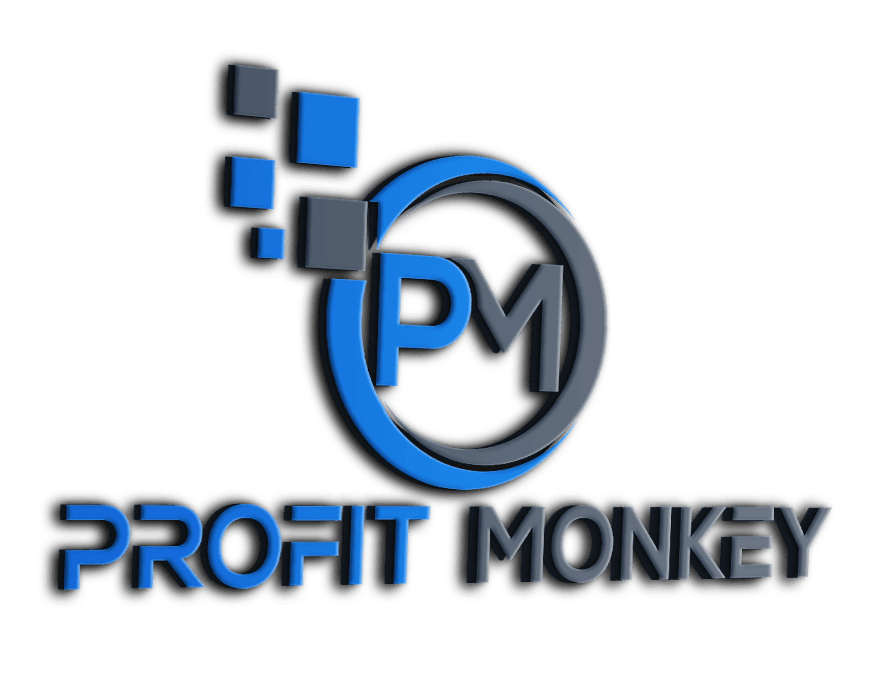
Adult affiliate
6th September 2019
CPA marketing
21st November 2019Historiy of affiliate programs
Affiliate marketing has developed rapidly since its origin. There are several types of affiliate programs. The e-commerce website, was viewed as a marketing toy in the early days of the Internet. That changed trough time turned into a coordinated piece of the general marketable strategy. Sometimes developed to a greater business than the current existing offline business. Total sales amount generated through affiliate networks in US from 2015 to 2020 are estimated to $6.8 billion.
Predominant compensation methods
Eighty percent of affiliate programs today use revenue sharing or pay per sale (PPS) as a compensation method. Nineteen percent use cost per action (CPA). The remaining programs use other methods such as cost per click (CPC) or cost per mille (CPM, cost per estimated 1000 views).
Diminished compensation methods
Within more mature markets, less than one percent of traditional affiliate marketing programs today use cost per click and cost per mille. However, these compensation methods are used heavily in display advertising and paid search.
Cost per mille requires only that the publisher make the advertising available on his or her website in order to receive a commission. Pay per click requires one additional step in the conversion process. To generate revenue for the publisher in pay per click a visitor must not only see the advertisement. Visitor must also click on the advertisement to visit the advertiser’s website.
Cost per click was more common in the early days of affiliate marketing. It diminished in use over time due to click fraud issues. Contextual advertising programs are not considered in the statistic pertaining to the diminished use of cost per click, as it is uncertain if contextual advertising can be considered affiliate marketing.
While these models have diminished in mature e-commerce and online advertising markets they are still prevalent in some more nascent industries. China is one example where Affiliate Marketing does not overtly resemble the same model in the West. With many affiliates being paid a flat “Cost Per Day” with some networks offering Cost Per Click or CPM.
Performance/affiliate marketing
In the case of cost per mille/click, the publisher is not concerned about whether a visitor matches the audience that the advertiser wants. Because at this point the publisher has already earned his commission. This leaves the greater, and, in case of cost per mille, the full risk and loss to the advertiser.
Cost per action/sale methods require that referred visitors do more than visit the advertiser’s website before the affiliate receives a commission. The advertiser must convert that visitor first. The risk and loss are shared between the affiliate and the advertiser.
The phrase, “Affiliates are an extended sales force for your business”, which is often used to explain affiliate marketing. Well it is not completely accurate. The primary difference between the two is that affiliate marketers provide some influence on a possible prospect of product. The sales team of the advertiser, however, does have the control and influence up to the point where the prospect either: a) signs the contract or b) completes the purchase.




